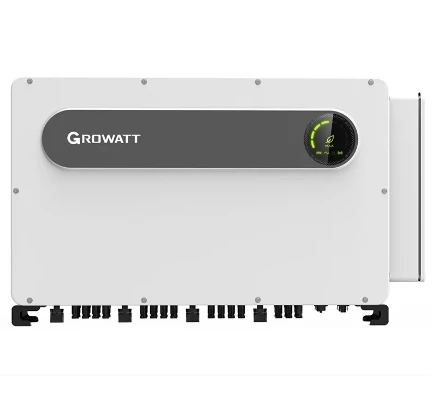Understanding the Expenses Involved in Installing Solar Panels on Your Roof
The Cost of Putting Solar Panels on Your Roof
In recent years, the push towards sustainable energy has gained tremendous momentum, with solar power emerging as a viable solution for both homeowners and businesses. The increasing awareness of climate change and fluctuating fossil fuel prices have led many to consider solar panels as a worthy investment. However, one of the most common concerns that potential solar panel users face is the cost. In this article, we’ll explore the various factors that contribute to the cost of putting solar panels on your roof, alongside the long-term financial benefits they can provide.
Initial Costs
The first aspect to consider when looking into adding solar panels to your roof is the initial investment. The price for a solar panel installation can vary widely depending on several factors, including the size of the system, the type of panels chosen, the complexity of the installation, and even your location. On average, homeowners can expect to pay between $15,000 and $25,000 for a complete solar panel system before any tax credits or rebates.
1. System Size The size of the system required for your home will significantly affect the total costs. Generally, the larger your home and the higher your energy consumption, the more solar panels you’ll need. A standard residential solar panel system usually ranges from 4 to 10 kilowatts.
2. Type of Solar Panels Costs also differ based on the type of solar panels you choose. Monocrystalline panels, known for their high efficiency and sleek appearance, tend to be pricier than polycrystalline panels. Thin-film solar panels are another option and are usually less expensive but come with lower efficiency ratings.
3. Installation Complexity The intricacies of your roof (its angle, height, and material) can greatly influence labor costs. Roofs that require special scaffolding or have many obstructions (like chimneys and vents) will typically lead to higher installation expenses.
Incentives and Rebates
While the upfront costs may seem daunting, it’s essential to remember that various federal, state, and local incentives can significantly reduce the overall expense. In the United States, for instance, the federal solar tax credit allows homeowners to deduct a significant portion of their solar installation costs from their federal taxes. This credit has generally provided a 26% reduction in system costs, making the investment much more palatable.
cost of putting solar panels on roof

Additionally, many states offer their own incentives, which may include rebates, grants, or tax exemptions, further decreasing the financial burden. Researching local programs can uncover valuable savings opportunities that might apply to your situation.
Long-term Savings
Investment in solar panels should be viewed through a long-term lens. Although the initial financial outlay can be high, the returns can be significant over the lifespan of the system, often lasting 25 years or more. Homeowners will typically experience substantial reductions in their monthly utility bills, and in many cases, they can even produce enough energy to cover their needs entirely.
1. Electricity Bill Savings After installation, many homeowners notice a drastic decrease in their electricity bills. Depending on the size of the solar system and local electricity rates, some households report savings of 50% or more on their monthly expenses.
2. Increase in Property Value Installing solar panels can also enhance your home’s resale value. Studies have shown that homes equipped with solar energy systems tend to sell faster and at higher prices compared to those without. Prospective buyers are increasingly willing to pay a premium for homes that offer lower energy costs.
3. Net Metering In many areas, homeowners can benefit from net metering policies, which allow them to sell excess electricity generated by their solar panels back to the grid. This arrangement can help recoup installation costs even faster and serve as a further incentive for solar adoption.
Conclusion
The decision to invest in solar panels is not solely about the initial costs but rather the potential long-term benefits. While the installation may require a significant upfront investment, the combination of incentives, reduced electricity bills, and increased property value makes solar energy an appealing option for many homeowners. As the world shifts towards renewable resources, understanding the financial implications and advantages of solar energy can empower you to make informed choices about your energy future. Ultimately, embracing solar power can lead not only to environmental benefits but also to substantial financial gains over time.
-
String Solar Inverter: The High-Efficiency Solution for Smart Solar EnergyNewsJul.14,2025
-
Revolutionizing Rooftop Energy with the Power of the Micro Solar InverterNewsJul.14,2025
-
Power Independence with Smart Off Grid Solar Inverter SolutionsNewsJul.14,2025
-
On Grid Solar Inverter: Powering the Future with Smart Grid IntegrationNewsJul.14,2025
-
Monocrystalline Solar Panels: High-Efficiency Power for the Future of Clean EnergyNewsJul.14,2025
-
Bifacial Solar Panel: A Smarter Investment for Next-Generation Energy SystemsNewsJul.14,2025







